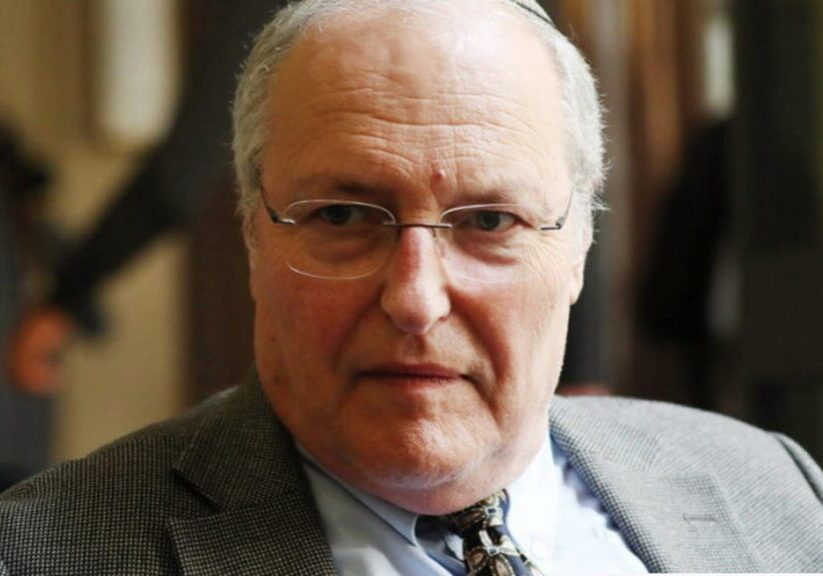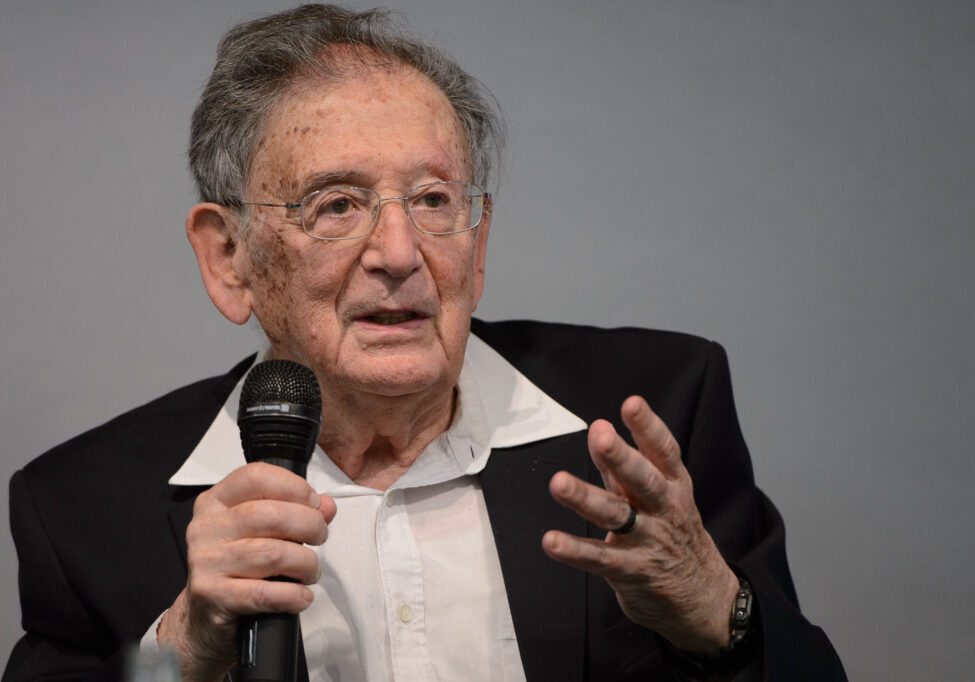Australia/Israel Review
Biblio File: The “Bloodlands” Explained?
Sep 24, 2015 | Bernard Wasserstein
Bernard Wasserstein
Black Earth: The Holocaust as History and Warning
by Timothy Snyder, Bodley Head, $39.95, 480 pp.
The term “Black Earth” is often used to designate the rich agricultural areas of southern Russia. But Timothy Snyder uses it in a broader sense to denote the frontier zones of east-central Europe contested between Stalin and Hitler in the Second World War – the “Bloodlands”, as he called them in an earlier book.
This is a history of the Shoah throughout Europe but the main focus is on the western regions of Russia, the Baltic states, Ukraine, and Poland, from which the majority of Europe’s Jews hailed and where most of them were killed. The book offers not so much new evidence of what occurred as a bold argument about why and how it could have happened.
Echoing Hannah Arendt, Snyder maintains that the essence of the matter was the statelessness to which most of the Jews of Europe were reduced. The critical step towards destruction of people was, he argues, destruction of states, in particular the elimination of Poland by Hitler and Stalin in 1939.
A second major strand in Snyder’s account addresses the participation of non-German collaborators in the genocide of the Jews. He rejects the notion that this was “a result of local antisemitism” (not that he denies that that existed). “This,” he writes, “is a popular way to explain the Holocaust without politics: as a historically predictable outburst of the barbarity of east Europeans.”
Instead, he stresses the political context: a quadrilateral struggle of Russians, Ukrainians, Poles and Germans, all against all, within which the Jews found themselves trapped. Snyder emphasises cases of Ukrainians and others who worked first for the Communists, then for the Germans. Such “double collaborators”, he suggests, sought to “purge themselves of the stain of collaboration” with the Soviets by demonstrating zeal in the slaughter of Jews.
A third line of argument analyses the motives of gentile rescuers of Jews. While Snyder acknowledges that it is impossible to generalise about the springs of their actions, he produces telling examples of rescuers who were at the same time (or, rather, were earlier or later) themselves guilty of killing or helping the killers. Again, such people, in this account, can be understood as protecting themselves by covering all their options.
Snyder is a lover of paradox. He writes trenchantly, sometimes brilliantly. But the weight placed on “state destruction” as a key determinant does not altogether convince. In a footnote, Snyder concedes that some of the genocides of the twentieth century, such as that in Cambodia, were perpetrated by strong governments against their own people rather than by “state-destroyers” such as Hitler. He remarks rather lamely that “these histories follow a different trajectory” that “requires separate treatment.”
The concept of collaboration as expiation and exculpation is overworked, relying too much on anecdote and conjecture – as in the case of Latvian collaborators with the Nazis who, we are told, had “very likely” worn Soviet uniform and were “probably also hoping to cleanse themselves of a Soviet past.” Some of the most illuminating passages in the book deal with inter-war Polish politics and the Jewish question; but inordinate significance is attached to the aid given by Polish military circles to Avraham Stern and other militant Zionists in Palestine.
In an ill-considered conclusion, presumably the “warning” of the book’s subtitle, Snyder launches into reflections on everything from the invasion of Iraq to climate change, which, he opines, “as a global crisis might generate the demand for global victims.”
Always readable, highly sophisticated, and strikingly original, Black Earth is only intermittently persuasive.
Bernard Wasserstein is Harriet & Ulrich E. Meyer Professor Emeritus of Modern European Jewish History at the University of Chicago. He is the author of more than a dozen books on Jewish and Israeli history, of which the latest is The Ambiguity of Virtue: Gertrude van Tijn and the Fate of the Dutch Jews (Harvard University Press). © Jewish Chronicle (www.thejc.com) reprinted by permission, all rights reserved.
This article is featured in this month’s Australia/Israel Review, which can be downloaded as a free App: see here for more details.
Tags: Holocaust/ War Crimes






